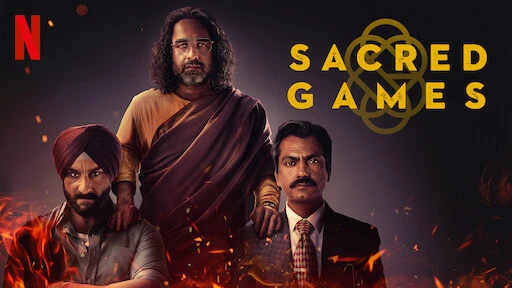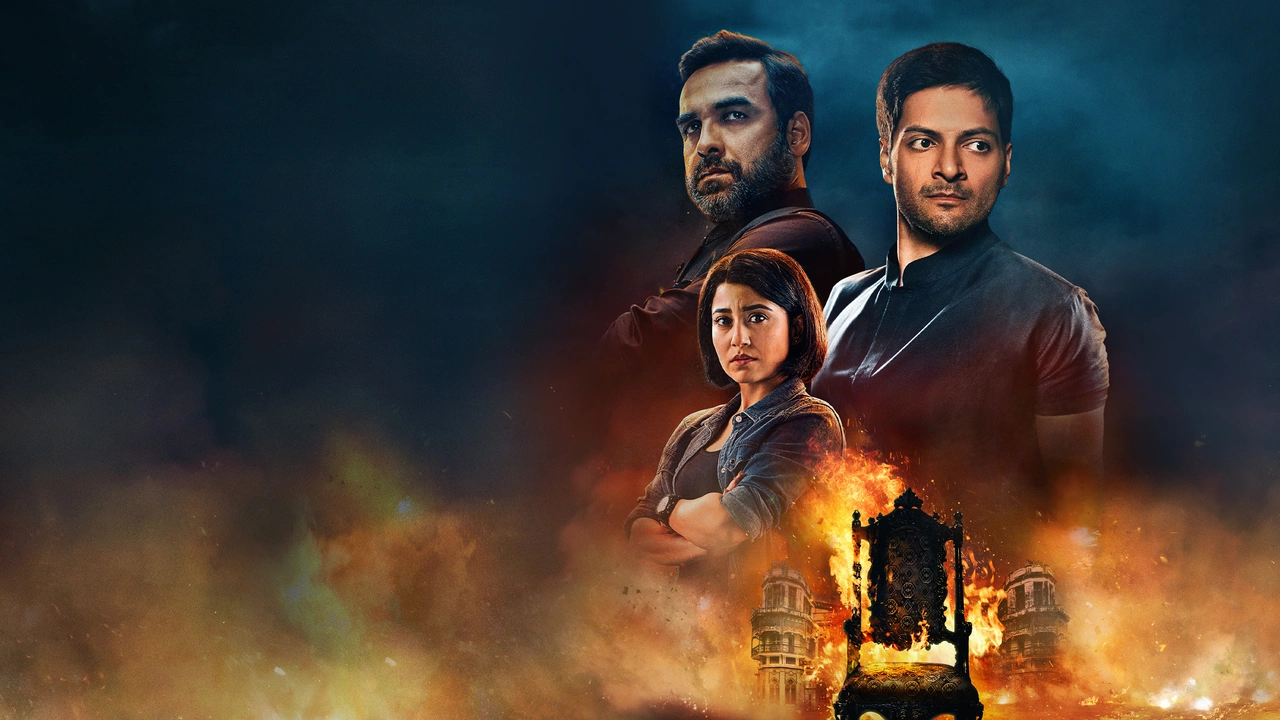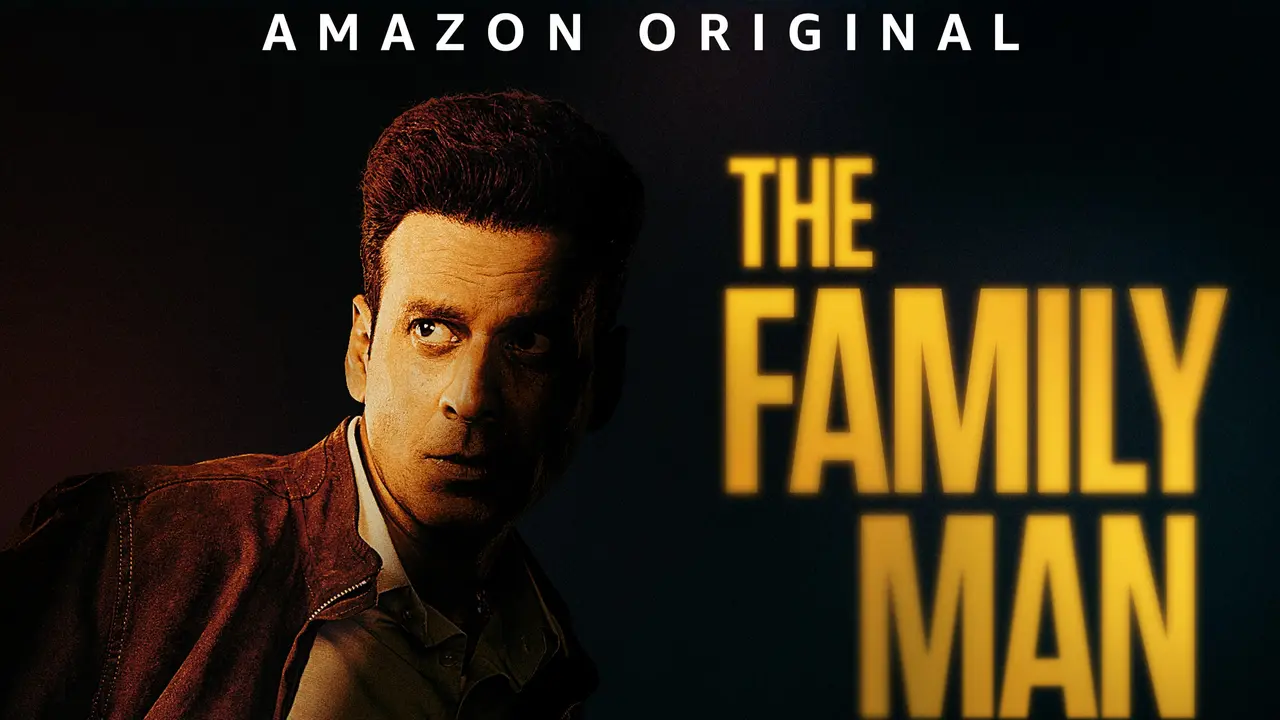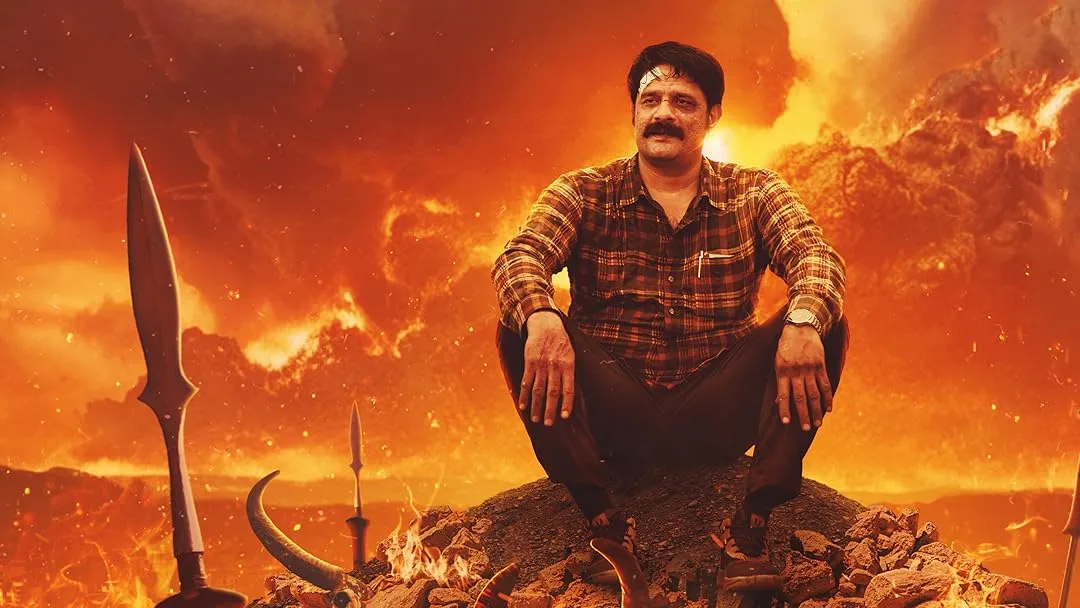Over the past decade, digital storytelling has completely changed Indian entertainment. Indian web series has not only changed how people watch content, but also put India strongly on the global streaming map so Platforms such as Netflix, Amazon Prime Video, Disney+ Hotstar and homegrown services like MX Player, Voot or ALTBalaji have completely changed the way people think about entertainment: Now there is greater diversity of narrative for different demographics to trace the journey of Indian web series from TV soap operas was the object of this paper. In the process, it turns them into internationally recognized digital content. We take an in-depth look at some milestones along the way, genre experimentation, audience preferences and international reach concomitant with these events.
The Early Days: Digital Experiments and Televised Drama
Prominently featuring TV soap operas, Indian entertainment was largely unaffected by the digitization of data. The shows often dealt with family dramas, love stories that go wrong, and current social concerns. In countless Indian homes, they were standard fare. Star Plus, Zee TV, Sony TV, Colors TV and other similar trends channels were the epitome of golden age television entertainment after 1990’s to early 2000’s.
But as the internet began to penetrate the public and people sucked up digital information, a demand emerged for fresh and diversified kinds of content. Early digital content producers began to toy with short-form videos on Youtube. Channels like TVF (The Viral Fever) and AIB (All India Bakchod) started to produce web-Based sketches and mini-series, offering urban youth something to relate to that was unconventional in nature.
The Rise of Dedicated Streaming Platforms
But the landmark was the introduction/dawn of streaming-only websites. When Netflix and Amazon Prime Video came to India in 2016, film lovers from the largest media market on Earth were able to enjoy top web series with high production values and exciting stories.
One of the first Indian web series to make an impression was TVF Pitchers (2015): a look at four entrepreneurs trying to survive in today’s start-up economy. After that came Permanent Roommates (2014), a fresh treatment of modern relationships. Together these dramatic works proved that people’s demand for stories which were digital-first storytelling has rise beyond just “YouTube sketches“.
The Golden Era of Indian Web Series (2018-Present)
Between 2018 and now (2021) could probably be called India’s web series boom times. Perhaps sensing the ground change of the Internet era, the chieftains of the major streaming platforms-five to nine million paid subscribers each, last I check-starting acting on this idea. They began to produce and acquire high-quality Indian content that gave filmmakers and writers unprecedented space for exploration of nontraditional themes.
Notable Milestones and Hit Shows

Sacred Games (2018-2019) – Netflix
Sacred Games starred Saif Ali Khan and Nawazuddin Siddiqui. A confluence of crime thriller mixed up with political drama, it was praised by international media and audiences for the storytelling, directing and performance.

Mirzapur (2018-Present) – Amazon Prime Video
This crime drama set in Uttar Pradesh was both hard-hitting and action-packed. As the story sunk in, characters leapt from its pages and then peered back with an unrelenting intensity no one could escape.

The Family Man (2019-Present) – Amazon Prime Video
A perfect blend of action, drama and humor, this Manoj Bajpayee fronted spy thriller entertained audiences of all ages and nationalities.

Delhi Crime (2019) – Netflix
Based on the real-life Delhi gang-rape incident, this heavy drama took home the International Emmy Award for Best Drama Series (e.g., doing so in any way won’t work) and showed that Indian storytelling could meet international standards.

Paatal Lok (2020) – Amazon Prime Video
As well as commercially, this psychological thriller about the dark side of Indian society and politics also got good reviews.
Genre Diversification and Innovation
Creators have shown a willingness to innovate that it made possible the success Indian web series enjoys today. On television, content was confined largely to family dramas and reality shows but with digital platforms, there are opportunities for genre experimentation
Crime Thrillers : Asur, Arya and Undekhi have brought crime fiction out of the doldrums, telling compelling tales that readers won’t easily forget.
Comedy & Slice of Life Movies : Panchayat and Gullak are all lovable stories from India’s own backyard.
Horror & Supernatural : While Betaal and Ghoul have done things with horror quite rarely attempted on Indian video entertainment in recent years – they represent experiments in a genre that is largely unexplored for Indian television.
Historically & Politically Themed Dramas : Scam 1992 and Rocket Boys are stories out of real life turned into the stuff of great soap operas.
The Global Recognition of Indian Web Series
The achievements of Indian web series are not just confined to their home soils. The International Emmy-winning Delian Crime and the international popularity of “Scam 1992” show that Indian content can be enjoyed outside of India now as well. International ventures carrying with them increased investment into India’s digital industry are already lifting it up.
Meanwhile, Indian web series are finding markets in some surprising places. Now, shows available in many different languages and distributed globally by Netflix or Amazon Prime Video have spawned an international boom in viewership.
The Future of Indian Web Series
Given the evolution of technology and audience trends, the future of Indian web series does look bright. Here are some core developments to take note of:
Bigger Budgets and Higher Production Quality: As streaming platforms continue to plough their money back into their privacy gardens, expect more cinematic-quality web-shows.
Regional Content Explosion: With the further spread of vernacular networks, more web series will be made in languages spoken across regions and countries
Cross-Border Collaborations: Indian creators may end up working with international studios to bring global narratives home. India wherever possible.
Interactive and Immersive Storytelling: Experimentation in virtual reality (VR) and interactive storytelling could change the way audiences engage with story-telling.
More Varied Groups of Characters: As people become more enlightened about equality, some future stories will focus on LGBTQ narratives or women ‘s experiences–there are also stories yet to surface about marginalized communities.
Conclusion
This special issue is just the tip of the iceberg. The origin story of Indian web series reminds us: digital storytelling does not need a big budget and an overeducated English lit grad to write it.
Indian web series are going to control the entertainment Five years forward. With more creative freedom, different narratives far removed from international media, even global exposure for Indian shared media.
Right now we are in a golden age of content as viewers, free to give rein to our imagination without the restrictions imposed by television. The future is digital, and Indian web series are leading out with bold, innovative, and culturally rich narratives.
Links to Mentioned Web Series
- Sacred Games (2018-2019) – Netflix
- Mirzapur (2018-Present) – Amazon Prime Video
- Family Man (2019-Present) – Amazon Prime Video
- Delhi Crime (2019) – Netflix
- Paatal Lok (2020-Present) – Amazon Prime Video

